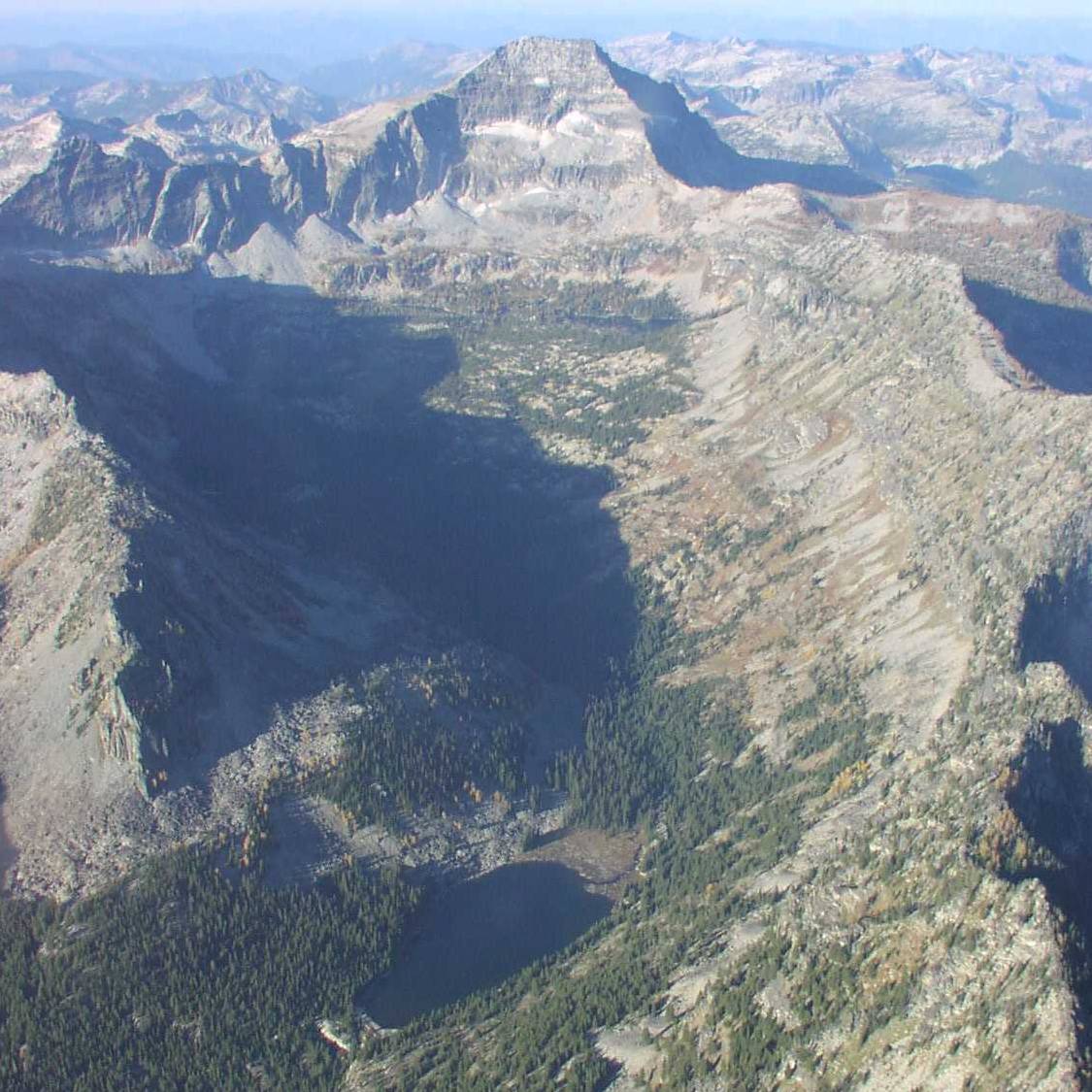Decreased winter severity increases viability of a montane frog population
Abstract/Summary
Many proximate causes of global amphibian declines have been well documented, but the role that climate change has played and will play in this crisis remains ambiguous for many species. Breeding phenology and disease outbreaks have been associated with warming temperatures, but, to date, few studies have evaluated effects of climate change on individual vital rates and subsequent population dynamics of amphibians. We evaluated relationships among local climate variables, annual survival and fecundity, and population growth rates from a 9-year demographic study of Columbia spotted frogs (Rana luteiventris) in the Bitterroot Mountains of Montana. We documented an increase in survival and breeding probability as severity of winter decreased. Therefore, a warming climate with less severe winters is likely to promote population viability in this montane frog population. More generally, amphibians and other ectotherms inhabiting alpine or boreal habitats at or near their thermal ecological limits may benefit from the milder winters provided by a warming climate as long as suitable habitats remain intact.Amore thorough understanding of how climate change is expected to benefit or harm amphibian populations at different latitudes and elevations is essential for determining the best strategies to conserve viable populations and allow for gene flow and shifts in geographic range.
Publication details
| Published Date: | 2010 |
| Outlet/Publisher: | Proceedings of the National Academy of Sciences, USA 107: 8644-8649 |
| Media Format: |
ARMI Organizational Units:
Rocky Mountains, Northern - BiologyTopics:
DroughtKeywords:
climatedemographics
ecology
mark-recapture
survival
trends
wilderness

